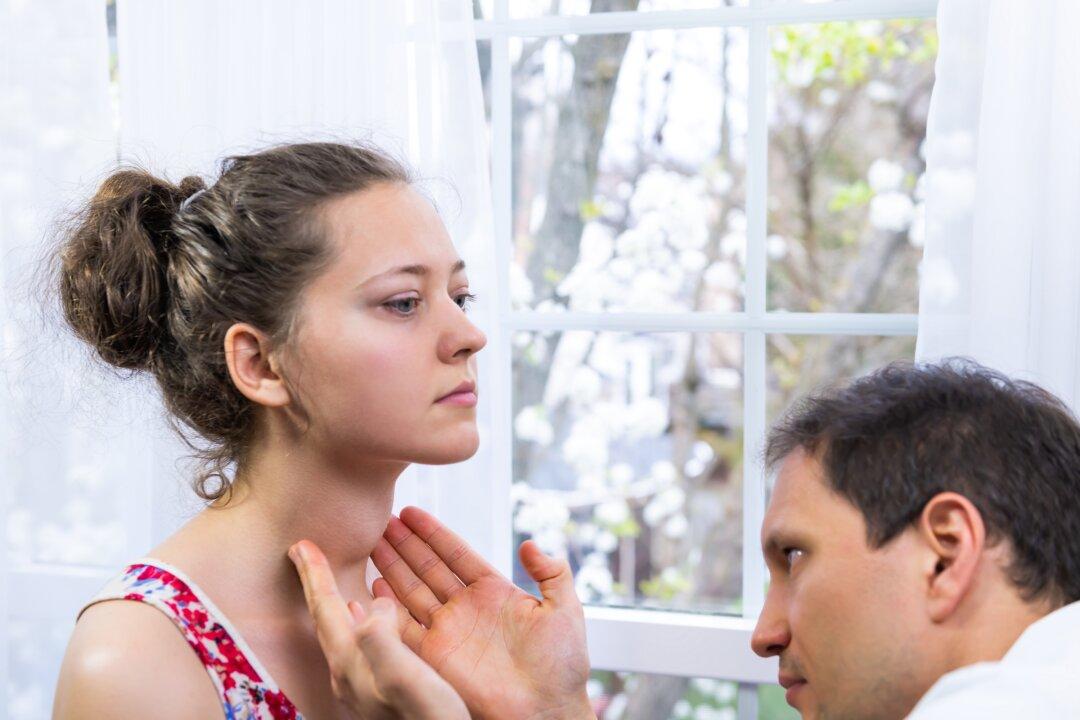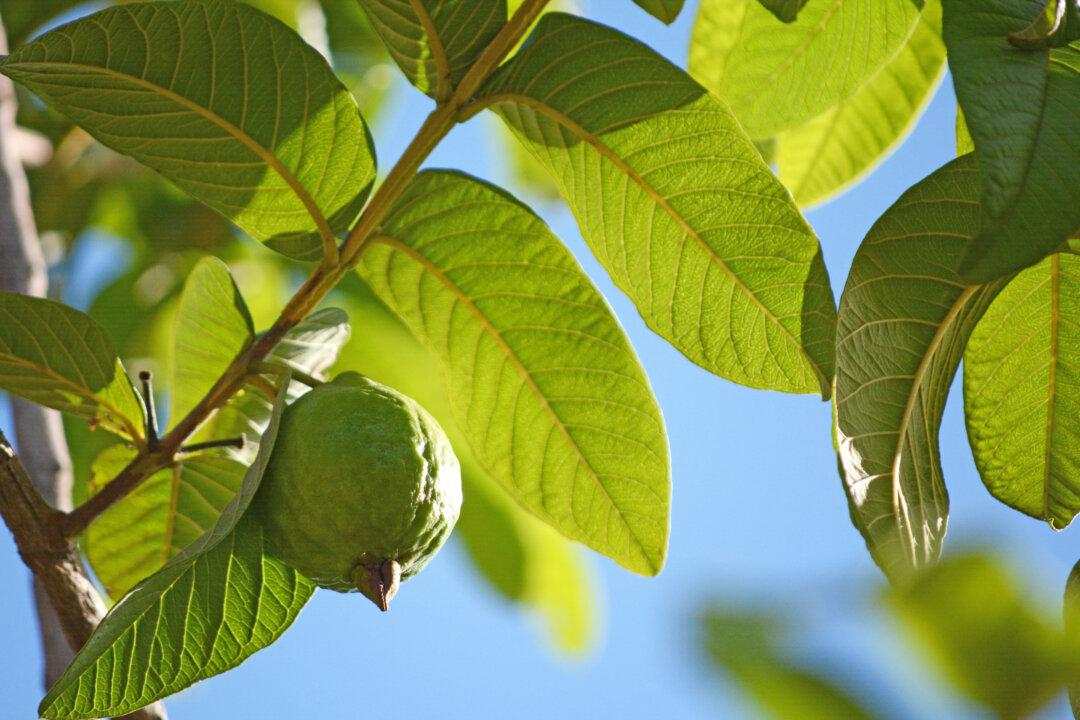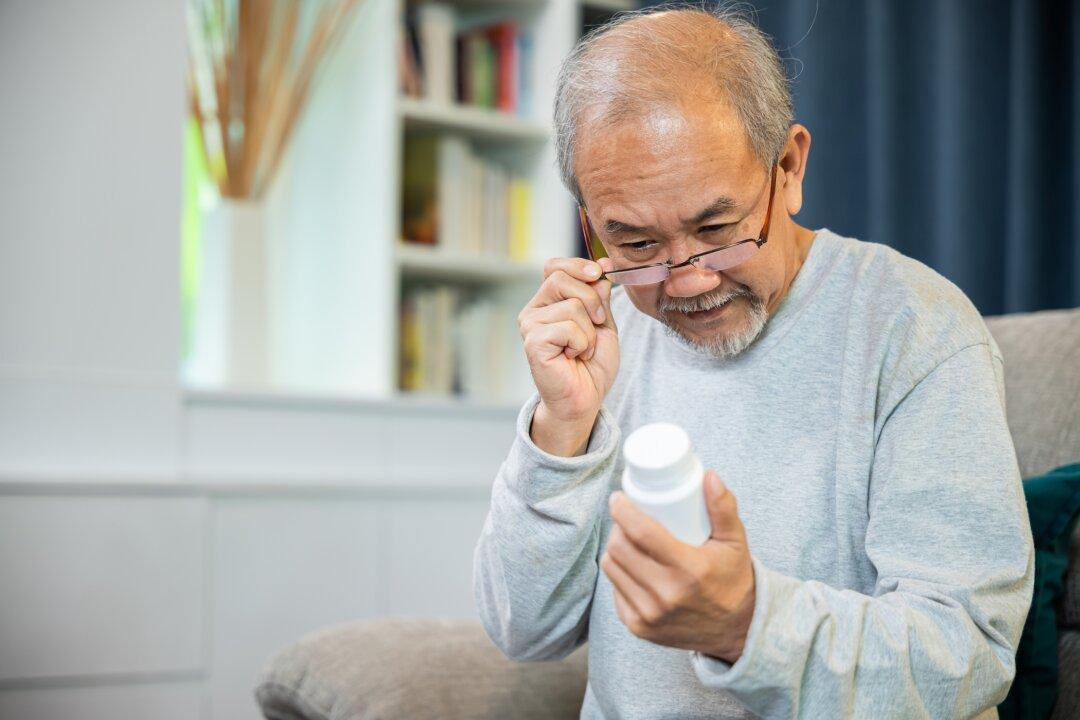Dill is chock-full of nutrients and compounds that are widely used for reducing excess gas, aiding in digestion, and boosting the immune system. But the perks don’t end there: dill also provides strong antibiotic properties.
People have appreciated Anethum graveolens, commonly known as dill, for thousands of years for its taste and medicinal uses. Both seeds and leaves give off a strong, tangy flavor that can enhance other food.





